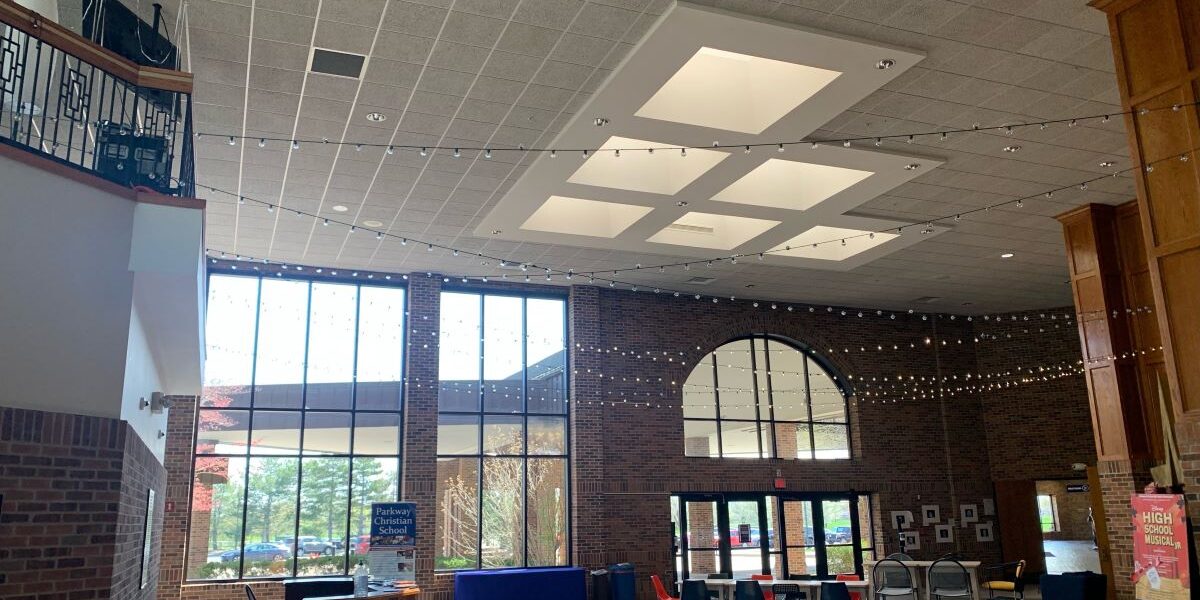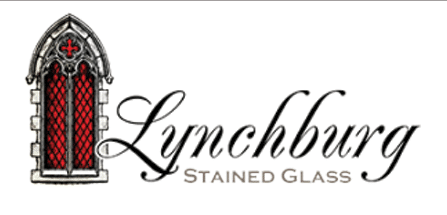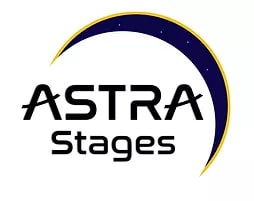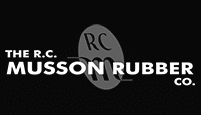Church buildings are not only some of our greatest cultural and institutional assets, but they are also some of the largest and most complex buildings in communities all across the country.
Upkeep and energy saving improvements on these massive structures can be daunting and costly, yet there are some solutions that can be done with relative ease that will increase efficiency and have a quick return on investment.
Bethesda Christian Church is no exception in looking for functional solutions, according to its facilities manager, Brian Swarts. The church also operates Parkway Christian School from its campus in Sterling Heights, Michigan.
“Standing in our auditorium lobby, our technician said to me one day – ‘I notice that this unit runs almost nonstop each day.’ And it does, even though this area is often cold at the floor. It is a complicated room – triangular in shape, with one side all windows, another side all brick, and ceilings of 16-20 feet. It is a large room to maintain comfort, and the doors are being opened all the time,” he said.
For solutions, Swarts turned to Miles Carney, president and founder of Great Lakes HySave and a distributor of Air-Row Fans. Highly regarded for his expertise in balanced air distribution, Carney believed that Bethesda’s temperature challenges could be reversed by de-stratifying the air in the problem areas.
One destratification fan was installed to measure its ability to bring the trapped air at the ceiling to the floor. This would help temper the cold Michigan air at entrances.
Stratified air is a concept of physics. Heat rises, and as it does, layers of air often become “stratified,” or trapped, at the ceilings. Most HVAC systems are not equipped to solve cold floor problems, but they work overtime to try and compensate. New air is introduced, but it is not delivered to the floor in sufficient quantities to overcome cold floor and door entrance problems.
“The higher the ceiling, the more destratification fans are appropriate,” Carney said. “You need to move more tempered air to the floor using targeted air delivery. The air that you already have in the building is often sufficient to satisfy all of the problem areas. When you treat the air and bring it to the floor, you can watch the HVAC units cycle down.”
In utilizing air once trapped at the ceiling, destratification fans can dramatically reduce the temperature differential from floor to ceiling. Where it might have been 85 degrees at the ceiling and 70 at the floor, destratification fans can bring that spread within 2 degrees. Utility companies say you reduce energy use by 2 to 3% for each degree you can seasonally reset your thermostat.
The test of one destratification fan at Bethesda was a great success and led to the placement of more fans. In the fall of 2022, six more duct unit fans were installed (Air-Row Fans DA-248), operated by a separate switch that can be controlled by facilities staff.
“Our staff were quick to note the area is not as cold as it once had been. They were not wearing jackets to keep warm,” Swarts joked. “I think when people feel more comfortable in their environment, they do better. This is important for our parishioners and our students.”
The church will continue to watch runtime to measure energy used and will make adjustments as they can to gain even more savings.
While the key benefit of destratification fans is energy savings, it is the fans” ability to solve problems that has made them such a staple for HVAC systems in large buildings. Tom Noonan, president and founder of Air-Row Fans, jokes that his business would go broke selling energy savings.
“The problem is always the thing that opens the door for us. Solving a problem due to hot or cold spots, wet floors, moisture build-up, constantly opening doors. We solve problems first, and energy savings is the residual benefit,” he said.
According to Noonan, churches are a natural for destratification fans. “Churches, because of the way they are built – with high ceilings, with various additions, and often kitchens and auditoriums. These can be challenging for HVAC and proper air distribution, and of course, anything that we bring in must be quiet,” he said.
Beyond Bethesda, destratification fans are being embraced as a green energy savings tool in buildings of all types all across the nation. Grocery stores, hospitals, schools and colleges, fitness centers and more are beginning to hold down their energy costs by up to 25% with the use of destratification fans.
The merit of destratification fans as a key air distribution solution is even noted by the Carbon Trust, the foremost international organization dedicated to reducing the carbon footprint. “The fastest growing and most simple energy reduction initiative – for both existing and new build facilities – is thermal destratification, one of the top carbon reducers for any type of building.”
“The power of destratification fans over costly HVAC systems can’t be overstated,” Noonan said. “Our fans operate on wattage less than a light bulb. When we can work in conjunction with that costly system to make it as efficient as possible, everybody wins.”
This article is courtesy of Air Row Fan Company, a manufacturer of targeted air destratification fans with air purification capabilities, www.airrowfans.com.














